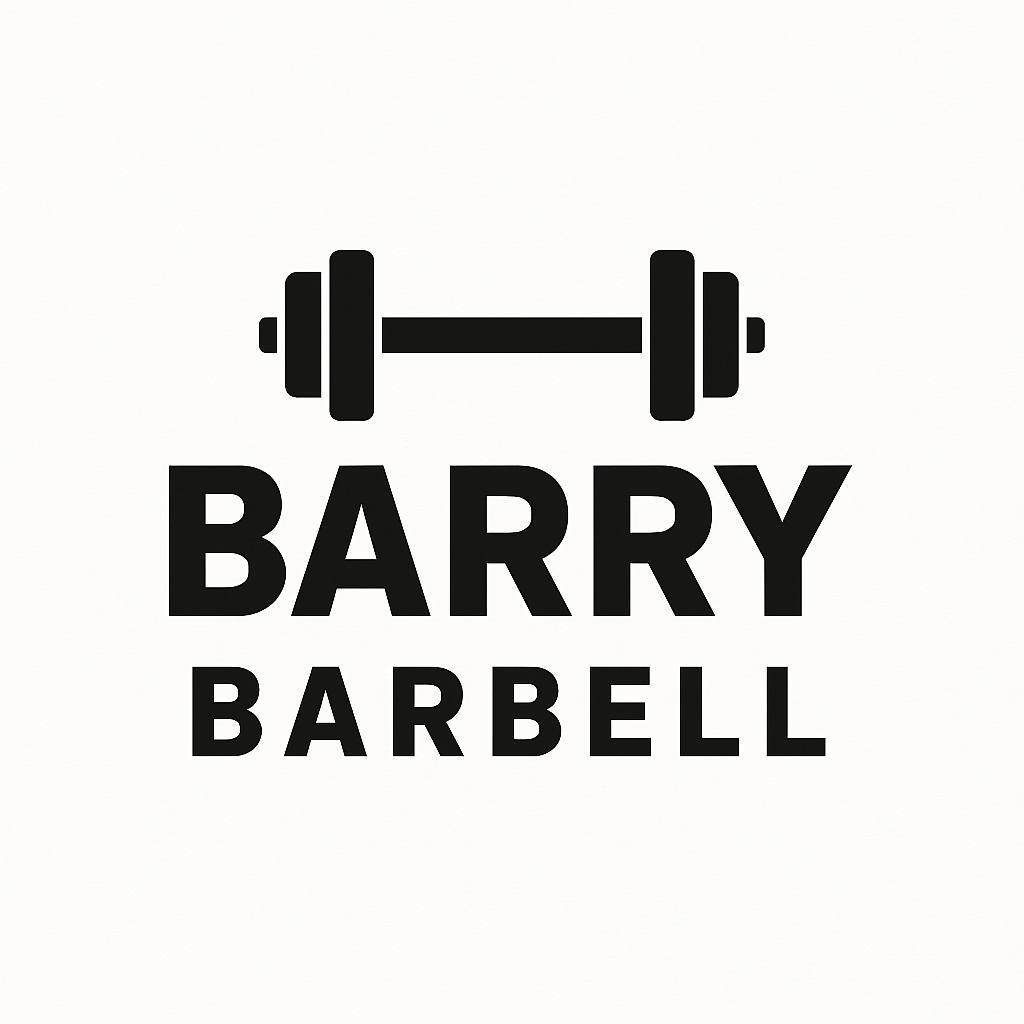Two terms often dominate the online fitness conversation: hypertrophy and strength. While they are closely related, each serves a unique purpose in a well-rounded training program. Understanding both concepts can help you tailor your workouts to achieve specific aesthetic and performance goals. In this article, you will discover how to effectively train for hypertrophy and strength, along with actionable tips to incorporate into your routine.
What is Hypertrophy?
Hypertrophy refers to the increase in muscle size. When you engage in resistance training, your muscles face micro-tears due to tension and stress. The body responds to this stress by repairing the damage, leading to more prominent muscle fibers.
Key Points about Hypertrophy
- Types of Hypertrophy: Generally, there are two types:
- Myofibrillar Hypertrophy: Involves the growth of the muscle fibers themselves. This type of training typically includes lower repetitions with heavier weights.
- Sarcoplasmic Hypertrophy: Focuses on increasing the volume of sarcoplasmic fluid in the muscle cell. It is often achieved through higher repetitions and lighter weights.
- Myofibrillar Hypertrophy: Involves the growth of the muscle fibers themselves. This type of training typically includes lower repetitions with heavier weights.
What is Strength?
Strength is defined as the ability of your muscles to exert force against resistance. While muscle size is one aspect of strength, it’s not the only one. Factors such as neural activation, muscle fiber recruitment, and overall body mechanics play significant roles.
Benefits of Training for Hypertrophy and Strength
Combining hypertrophy and strength training offers multiple benefits:
- Enhanced Physical Appearance: Increased muscle mass leads to a more toned and defined body.
- Improved Athletic Performance: A stronger body can lead to better performance in various sports and physical activities.
- Injury Prevention: Strengthening muscles and connective tissues can reduce the risk of injuries.
- Increased Metabolism: More muscle mass can lead to a higher resting metabolic rate.
How to Train for Hypertrophy and Strength
Achieving hypertrophy and strength concurrently requires a well-structured program. Here’s a detailed breakdown of how to effectively train:
1. Establish Your Goals
Before diving into training, it’s crucial to set clear goals.
- If your primary goal is hypertrophy, focus on achieving muscle growth through specific rep ranges (typically 6-12 reps).
- If strength is your main goal, concentrate on lower rep ranges (1-5 reps) with heavy weights.
2. Choose the Right Exercises
To effectively train for hypertrophy and strength, select a mix of compound and isolation exercises. Here are some examples:
Compound Exercises:
- Squats
- Deadlifts
- Bench Press
- Bent-Over Rows
Isolation Exercises:
- Bicep Curls
- Tricep Extensions
- Lateral Raises
- Leg Extensions
3. Rep and Set Guidelines
Hypertrophy Training:
- Reps: 6-12
- Sets: 3-5
- Rest Periods: 30 seconds to 1.5 minutes
Strength Training:
- Reps: 1-5
- Sets: 3-6
- Rest Periods: 2-5 minutes
4. Progressive Overload
One of the core principles of hypertrophy and strength training is progressive overload. Increasing the weight, reps, or sets over time forces your muscles to adapt, thus promoting growth and strength. Here’s how to implement it:
- Increase Weights: Gradually add weight to your lifts as you become stronger.
- Increase Volume: Increase the number of sets or reps.
- Decrease Rest Time: For hypertrophy training, reducing rest between sets can increase intensity.
5. Nutrition for Hypertrophy and Strength
Nutrition plays a vital role in achieving your goals. Here are some guidelines:
- Protein Intake: Aim for 1.6-2.2 grams of protein per kilogram of body weight per day. Protein is crucial for muscle repair and growth.
- Caloric Surplus or Deficit: Depending on your goals, you may need to maintain a caloric surplus (for muscle gain) or a slight deficit (for fat loss).
- Balanced Diet: Ensure you consume a variety of nutrients, including healthy fats and carbohydrates, to fuel your workouts and recovery.
6. Recovery and Rest
Recovery is just as essential as the workout itself:
- Sleep: Aim for 7-9 hours of quality sleep to facilitate muscle recovery and growth.
- Rest Days: Incorporate rest days to allow your muscles time to repair.
- Active Recovery: Consider light activities like walking or yoga on rest days to aid recovery.
7. Consistency is Key
Training for hypertrophy and strength takes time and dedication. Consistency is fundamental to see results. Here are some tips to remain committed:
- Create a Schedule: Set a workout schedule that fits your lifestyle.
- Track Progress: Keep a workout journal to log weights, sets, reps, and body measurements.
- Stay Motivated: Set short-term goals along with your long-term objectives and celebrate small victories to keep your motivation high.
Putting It All Together
Training for both hypertrophy and strength involves a strategic approach to exercise selection, programming, nutrition, and recovery. Here’s a simple example routine that could help you balance both:
Sample Weekly Routine
| Day | Focus | Example Exercises |
|———–|——————-|——————————————|
Monday | Upper Body Strength| Bench Press, Pull-Ups, Bent-Over Rows |
Tuesday | Lower Body Hypertrophy| Squats, Lunges, Leg Extensions |
Wednesday | Rest | Active recovery (walking or stretching) |
Thursday | Upper Body Hypertrophy| Dumbbell Press, Cable Flyes, Lateral Raises |
Friday | Lower Body Strength| Deadlifts, Leg Press, Calf Raises |
Saturday | Full Body Circuit | Kettlebell Swings, Push-Ups, Planks |
Sunday | Rest | Focus on recovery and hydration |
Conclusion: Achieve Hypertrophy and Strength
Training for hypertrophy and strength doesn’t need to be a complicated journey. By adhering to the structured approach outlined in this article, you can effectively achieve your fitness goals of increased muscle size and strength. Remember to prioritize recovery, maintain proper nutrition, and stay consistent—these are the cornerstones of a successful training program. Take the first step towards a stronger, healthier you today!

